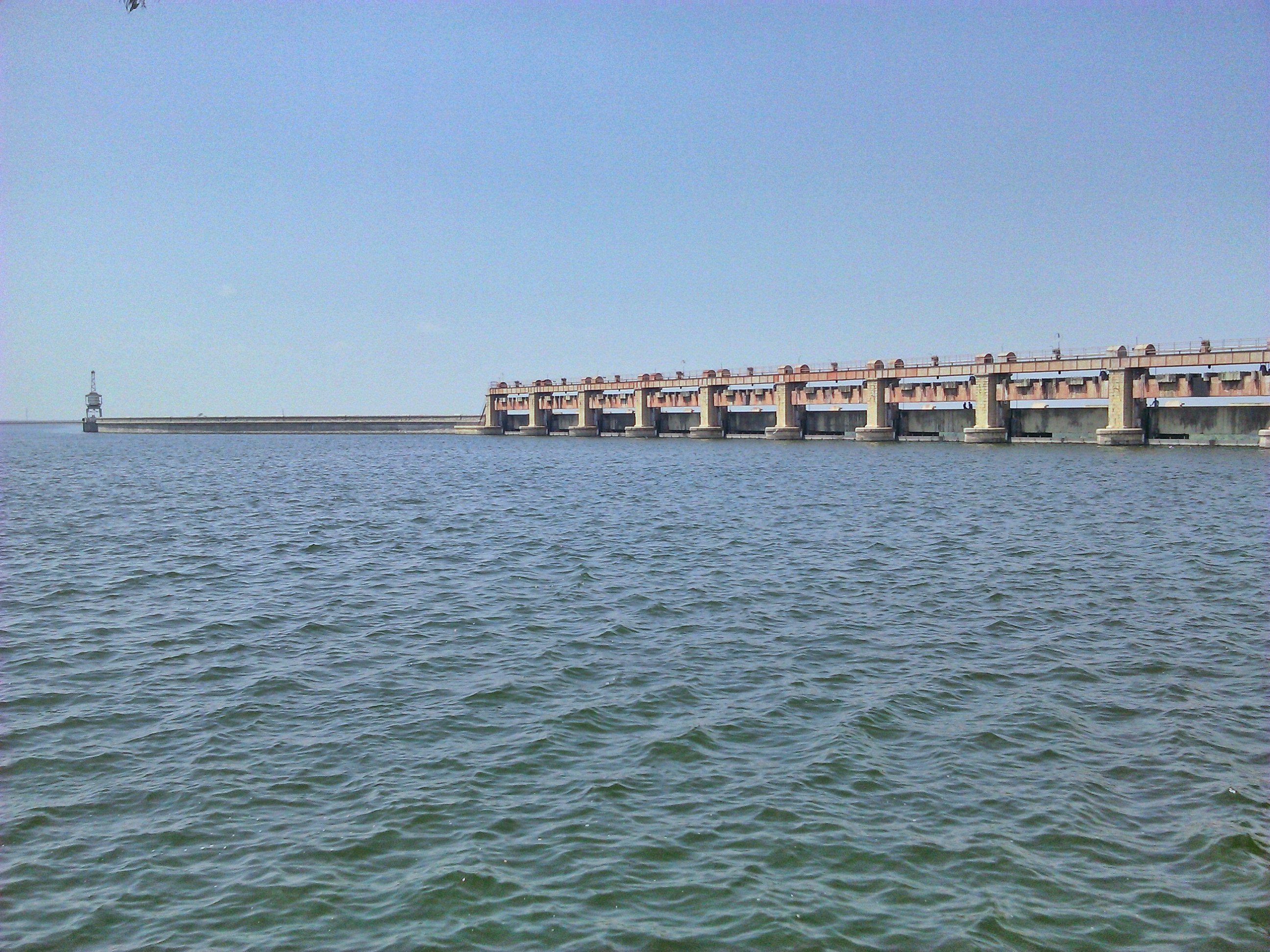Dams have sufficient water to see SA through dry winter season
According to the latest weekly report on dam levels issued by the department on Wednesday, the overall average for South African dams this week stands at 86%, slightly down from last week’s 86.1%.

- Country:
- South Africa
Although South Africa is beginning to see a slight decline in dam levels, the Department of Water and Sanitation (DWS) has assured that the country has sufficient water to see it through the dry winter season.
“Although the overall average of South Africa’s dams has begun a slight decline, figures show that most of the dams have sufficient water to see the country through the looming dry winter until the next summer rains, provided water users stick to their water-saving practices in the next six months,” the department said.
According to the latest weekly report on dam levels issued by the department on Wednesday, the overall average for South African dams this week stands at 86%, slightly down from last week’s 86.1%.
From a year-on-year perspective, the average is still higher than the 67.4% during the same period in 2020.
The report showed that most dams have between average to full capacity of water in reserve for use in the next coming months, thanks to heavy downpours that fell over large parts of the country from the beginning of February this year.
The rains helped the Free State to surpass its last year’s dam level record by 20% when it reached a whopping 99.7% this week. The province is home to some of the biggest dams in the country and has a bigger capacity to store water for longer periods than that of other water facilities.
Dam levels in the Northern Cape and Gauteng are currently overflowing at 101.5% and 100.3%, respectively, this week.
Mpumalanga dams, supplemented by the Inkomati-Usuthu Management Area (IUMA) in the Lowveld, is at 88.7% this week, surpassing last year’s levels by 13%.
In KwaZulu-Natal, dam levels have increased by at least 13% from 60.9% last year to 73.2% this week. According to the report, the Pongola-Mtavuna Management Area in Zululand also rose from the same figure last year.
However, certain towns in Umkhanyakude District are reportedly battling to access potable water. The Umgeni Water supply System is currently at 85.4%, an improvement from 71.7% in the same period in 2020.
Despite water challenges in some areas of Madibeng and Bojanala districts, North West dam levels have also increased from 69.9% last year to 83.1% this week.
The department noted that poor access to potable water by residents of Brits townships is mainly due to poor infrastructure that was vandalised, as well as poor operational and maintenance by the municipality over time.
“Some local residents have resorted to drilling boreholes, while others rely on water that is tankered by Madibeng District Municipality,” the department said.
Although Western Cape dams have improved by 12% compared to the same period last year, levels in the province have also been on the decline, with 51.6% recorded this week. The Breede-Gouritz Water Management Area currently stands at 49.8%, as opposed to 34.9% in the same period last year.
However, the department said the province’s dams are expected to increase when the winter rains start coming down at the end of May.
The Western Cape Water Supply System (WCWSS) is at 70.9%, compared to the 56.1% at this time last year.
Water restrictions implemented in Nelson Mandela Bay
The water situation, particularly in the Nelson Mandela Bay region in the Eastern Cape, has been reported to be in dire straits, as dams have dropped to an all-time low.
As a result, the municipality has introduced water restrictions to save the little water that is left in the area.
“There is a need for urgent measures to be taken to rescue the situation and ensure that water users continue to receive this very necessary resource,” the department said.
(With Inputs from South African Government Press Release)










